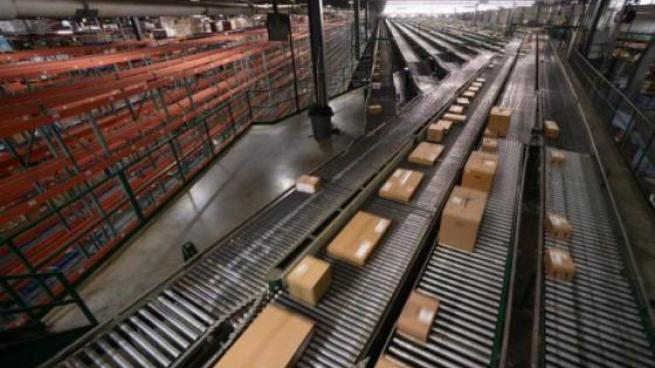How personalized retail payments drive sustainable growth

Consumers around the world geared up for this year's highly anticipated Amazon Prime Day.
Economic difficulties or concerns did not stop them from shopping; Prime Day sales for 2023 far surpassed last year’s Prime Day sales of $11.9 billion. Of note, Prime Day 2022 was one of the most important days of the 2022 fiscal year for retailers.
With meteoric growth in profit year-over-year and evolving customer expectations, sales events like these showcase the importance of why retailers must tailor their approaches to drive new efforts and events like Prime Day.
Retailers should strive to create personalized experiences such as alternative, flexible payment options for fast, personalized, convenient and secure purchases for discount shopping events. Events like Prime Day, Target Circle Week and Walmart+ Week should serve as an entry point for potential returning customers rather than a one-time destination.
If customers leave a sale feeling as if they received an excellent, personalized experience instead of feeling like one of the masses, they’ll be more likely to return time and time again.
In fact, a Gartner report found that a customer that receives a great personalized experience is 91% more likely to be a loyal customer, with only 9% choosing to leave after a great experience. With the huge influx of new buyers that retailers saw during these sales events, converting over half of them to repeat customers is an important growth opportunity.
What is personalization in payments?
When we think about personalization in retail, most of us immediately jump to personalized ads, cart recommendations and “other customers liked” at the bottom of a product page. However, personalization should extend beyond the products to the purchasing journey.
After all, what good is an excellent product recommendation if, when the time comes to buy that product, a customer finds that their preferred payment method isn’t available? Particularly when we’re talking about the physical retailers that compete with Amazon Prime Day like Target or Walmart, the sale is only as good as the ability for a customer to purchase something.
A recent survey found that 85% of consumers like to use their digital wallets to pay. In addition to ease of use, digital wallets are more secure than other methods of payment, so consumers might not feel safe using anything else.
Say, for instance, the marketing team for a retailer competing with Amazon Prime Day has done their job well, and customers are showing up to the physical store in droves eager to check out the deals they’ve heard so much about. A customer loads up their cart, waits through the checkout line and has everything scanned, and when it’s time to pay, they present their digital wallet.
If the retailer is unprepared to process digital payments efficiently, they’ve failed their customer, and that customer will be unlikely to return. A “sale” is only effective if there are actual sales made, and to do so, retailers should be prepared for whatever way their customers want to pay.
Personalized payments in action
Around 9% of people are already using digital wallets for all of their in-person transactions, and that number is only expected to rise in the next few years. Though it may not sound like a lot, think instead of losing 9% of your revenue- suddenly, 9% is something to pay attention to.
In non-physical spaces, 46% of consumers use at least one digital wallet, which demonstrates just how quickly this preference is growing. Digital wallet growth is surpassing bank growth, and retailers should bet on the faster horse by investing in payment software that can change and grow with their future needs.
Digital wallets and other payment preferences also offer retailers the unique opportunity to achieve an important goal in retail: being able to give a customer what they want before they even ask for it.
Retailers should be looking at this not as a hindrance to the way they do business, but rather as a chance for growth and the ability to move into the future. Being left behind is the kiss of death for any business, and payment personalization is one issue that has snuck up on retailers.
However, there are options available to play a quick game of catch up, and retailers would be wise to ensure that they have these key payment choices in place before they get too far behind.





